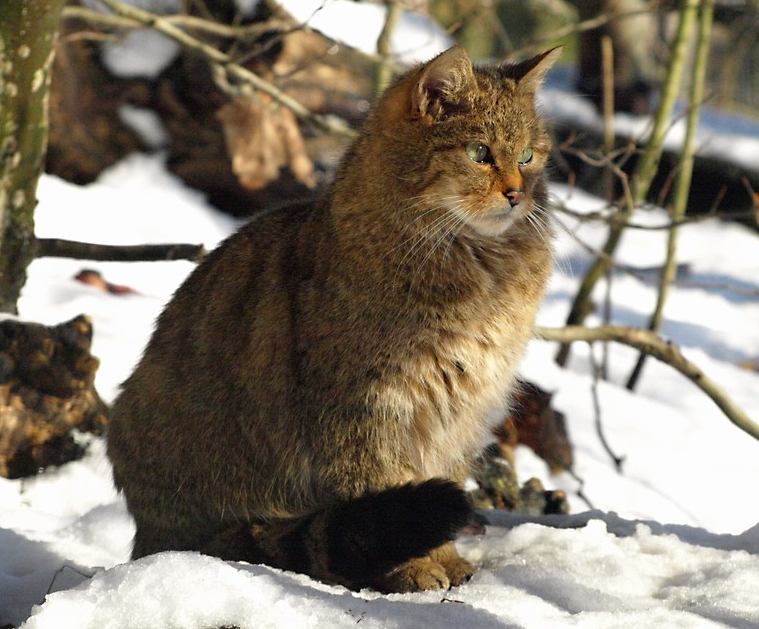Crossbreeding with a domestic cat poses a significant threat to the European population of rare wild cats. The degree of hybridization varies between different parts of Europe. Some zoos are trying to save the species.
The Wildcat is Threatened by Crossbreeding in the Wild
Crossbreeding a wild cat with domestic cats causes a loss of genetic purity. However, using photo traps and hair traps, biologists can monitor feral cats and then use DNA analysis to detect the proportion of hybrid individuals and determine the number of feral cats or map the presence of domestic cats in the forest environment.

The analysis results show that hybrids’ occurrence varies in different parts of Europe. The highest incidence of hybrid individuals was found near the White Carpathians in Slovakia. They recorded four hybrids, which is 15 percent of the total population documented in the area. In Germany, however, extensive monitoring has revealed that the proportion of hybrid individuals reaches a maximum of 3.5 percent.
Of the European countries, the worst situation is in Scotland, where this problem has caused the extinction of the genetically pure population of the wildcats, and hybrids currently inhabit the forests. Scotland is trying to save the species – returning cats kept in zoos back to wildness.
Where Did the Domestic Cat Come From?
The domestic cat comes from a related species – the African wildcat (Felis lybica), which occurs in North Africa and the Middle East. Today it is considered a separate species. It came into contact with the European wild cat about two thousand years ago, when it was brought to Europe by the ancient Romans. Both species can easily cross each other and have fertile offspring.

Crossbreeding usually occurs in areas with fewer wildcats and at the same time with wild or stray domestic cats in the forest environment. The photo trap on the Slovak side of the White Carpathians even captured a hybrid male mating with a female wildcat.
Mating demonstrates that hybrid individuals are further involved in reproduction, spreading foreign genes to future generations. There is also the presence of harmful mutations, which occur to a greater extent in reared domestic cats.
Source: https://www.nature.com/articles/s41598-021-97401-5
Featured photo: Ashley Buttle on Flickr




